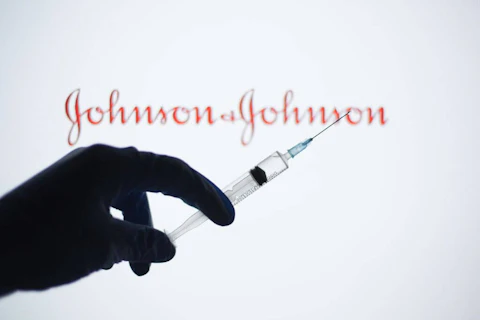“Low overall unemployment is creating labor shortages in many regions, but it is far from an even story across the state.”
Despite adding nearly 10,000 new jobs in November, Pennsylvania is still struggling with an unemployment rate that is higher than the national average.
On Dec. 20, the Pennsylvania Department of Labor and Industry announced that the unemployment rate increased in November to 4.3%. In contrast, the national unemployment rate was 3.5% for the same timeframe, according to the Bureau of Labor Statistics.
In fact, the unemployment rate has steadily increased in Pennsylvania over the last six months.
Understandably, the percentage of unemployed workers varies from county to county, said Chris Briem, a regional economist at the University of Pittsburgh.
“I often disclaim that I don’t think there actually is one Pennsylvania economy to talk about,” Briem said in an interview with COURIER. “This is a large state, and the regions across the state have not only some very different economic histories, but also different trends of late. The larger regions in the state, regions such as Philadelphia and Allentown, have sustained job growth well far above regions like Johnstown, Erie, and Altoona, which have experienced very slow growth or actually lost jobs.”
In October, for instance, Cameron County had the highest unemployment rate in the state at 8.7%, while counties like Chester and Montgomery hovered between 3.4% and 3.8%, according to the Center for Workforce Information and Analysis.
Historically, Pennsylvania was a major hub for industrial and agricultural outputs, perhaps most notably the mining industry. Areas that relied heavily on those industries in the past have had a hard time adapting and continuing economic growth, especially as alternative fuels become more popular, Briem explained.
“Areas like Johnstown [in the southwest of the state] have found it difficult to diversify and find new competitive advantages since the decline of heavy industry decades ago,” Briem said. “That decline saw those areas lose a disproportionate number of their younger workers making it even harder to find new sources of growth.”
Even as the development of natural gas gave a spike to Pennsylvania’s economy between 2010 and 2015, in the years since, unemployment in the industry has taken a steep nosedive.
“Low natural gas prices really have pulled new investment levels down and jobs along with it,” Briem explained.
An aging population and slow population growth also compound the issues of long-term challenges facing the labor force.
“I don’t think there actually is one Pennsylvania economy to talk about. This is a large state, and the regions across the state have not only some very different economic histories, but also different trends of late.”
In an effort to grow the state’s workforce, Gov. Tom Wolf established the Keystone Economic Development and Workforce Command Center in February to help workers get training and fill existing jobs, and help improve coordination between economic development efforts and employers.
“Our economy is transitioning and it’s a race to keep up,” Gov. Wolf said in a statement. “We either strengthen workforce development or we risk falling behind. We must be bold and ambitious and break from the status quo.”
Wolf has also made strides to address unemployment by increasing registered apprenticeships by 21%, beginning the Manufacturing PA Initiative (which supports job training ), and enacting the Clean Slate law, which helps certain formerly incarcerated individuals find employment by sealing their criminal records.
Experts point out that the challenges to finding employment are multifaceted—and so must be the solutions.
“The story is not even the same within regions,” Briem said. “Here in southwestern Pennsylvania, there has been some significant demographic and economic shifts taking place, including growth in technology jobs and continuing growth in education and health services, but many of the areas within the Pittsburgh MSA and outside of the city itself have continued to decline.”




